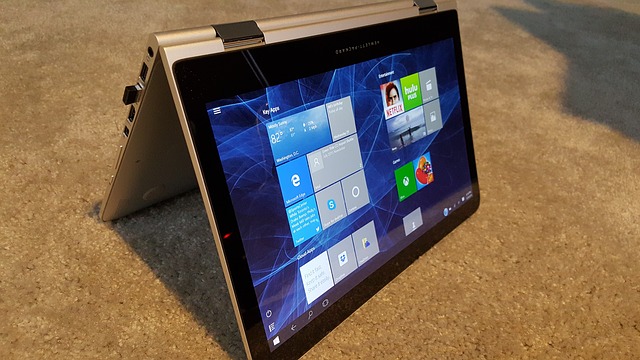
Find out what the deal is with the newest Microsoft Windows 10 S operating system
Windows 10 has been with us for a while now and a good number of people are running this version of Windows and this is mainly down to Microsoft offering it as a free upgrade for Windows 7 and 8 users up until July 2016. But this week there has been an new version of Windows announced by Microsoft: Windows 10 S. Let dive in and have a look what is the difference between this and the other versions of Windows.
What is Windows 10S for?
Windows 10 S has been released by Microsoft in an attempt to win back some of the ground lost to Google with it’s Chromebooks. In the US education sector Microsoft has lost out to the cheaper and easier to admin Chromebooks with some analyst reckoning that Google has taken 50% of the market share from Microsoft. So Windows 10 S is mainly designed for use in schools and colleges but that is not saying that a home or business user couldn’t use a Windows 10 S computer.
How is Windows 10 S different that normal Windows 10?
In some way the S in Windows 10 S could stand for starter edition (although Microsoft have said that the S stands for store) Windows 10 S runs on the same hardware as the full Windows 10 which is X86 compatible chips from either Intel or AMD. Unlike the normal versions of Windows 10 though the S edition can only run apps downloaded from the Windows Store. Now that might sound familiar and thats because when Windows 8 was launched back in 2012 Microsoft also released Windows RT which was also reliant on downloading apps only from the Windows store. Now Windows RT did not sell particularly well and has since become a footnote in computing history, so why are Microsoft pursuing this strategy again?
Microsoft push to get user to download apps from the Windows store is firsty to try and drive extra revenue, apps bought from the Windows store give Microsoft a 30% cut of the sale value where as if you buy your software from your local computer store then Microsoft never get anything (unless you buy a Microsoft product). Also if you are buying your apps from the Windows store you are then invested in the Windows platform and are more likely to stay with it in the future when you buy a new computer. Microsoft have learnt from the mistakes of Windows RT though and should you buy a PC with Windows 10 S and then decide you want to upgrade to the full version of Windows 10 you can do so with a one off payment of $49. After doing this you can then install and run programs from outside the Windows store.
Will Window 10 S be a success?
Microsoft are claiming that laptops with Windows 10 S will be available from $189 which is right there with the starting price of Chromebooks. Although most of the units shown off so far have been nearer the $300 price range. Microsoft also say that the advantage over a Chromebook is that Windows 10 S is better at working offline when no internet connection is available, an area that Chromebooks haven’t traditionally done do so well with. It also come with the full creators edition of Windows 10 which means it has some extra 3D goodies and full support for Hololens (although this is an addition $299 cost which is unlikely someone who chooses a budget Windows 10 S laptop is going to go for). Microsoft also have made good efforts to ensure the apps on the Windows store are safe from malware and viruses, but the choice of apps to download is somewhat lacking compared to what is available from the Chrome app store.
Due to the Windows 10 S ability to just become a regular Windows 10 laptop this somewhat future proofs them. But if most buyers end up just paying the upgrade cost to Win 10 because of the lack of apps this is not going to make for a viable platform for people to release new apps for the Windows store and could ultimately see it being a failure.